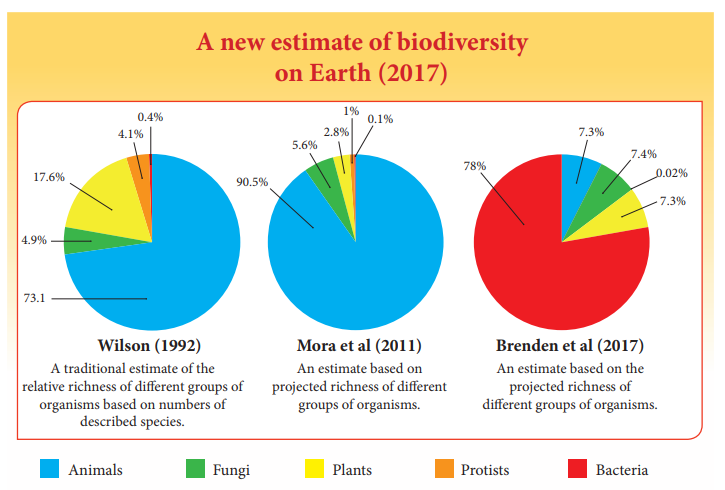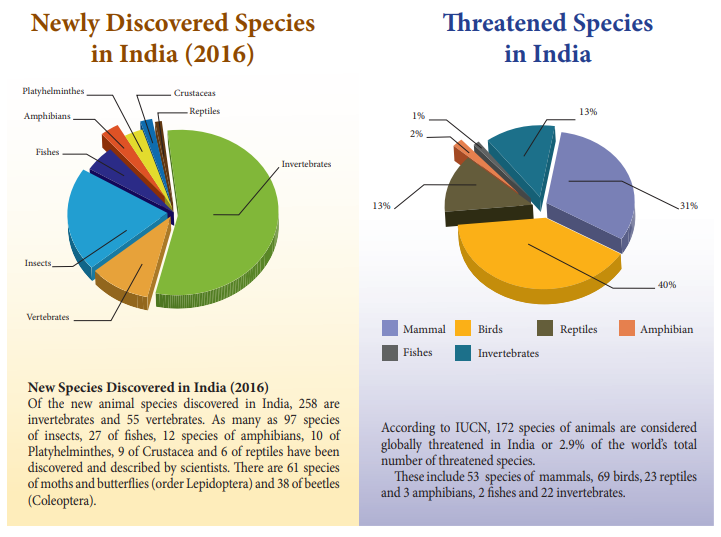Chapter: 11th Zoology : Chapter 1 : The Living World
Diversity in the Living World
The Living World
All
living forms co-exist with each other. There are about 8.7 million species of
animals which have been identified, named, described and classified. A study
reports that 86% of all species on the land and 91% of those in the seas are
yet to be discovered, described and catalogued. Though humans are placed in the
top most position on the hierarchy, they have to depend on plants and animals
for food. Animals are also used as source of labour, in farming, as pets, and
for other economic benefits. Understanding animals and their unique
characteristics, habitats, behaviour and evolutionary relationships is very
important. This chapter deals with, diversity in the living world, need for
classification, types of classification, taxonomical hierarchy, nomenclature
and tools for studying taxonomy.
Diversity in
the Living World
Earth has numerous habitats with a wide range of living organisms inhabiting them. Plants and animals are present in almost all of the places, from polar ice caps to volcanic hot springs, from shallow lagoons to the deepest oceans, from tropical rain forests to dry and parched deserts.


There are a variety of species that have been adapted successfully to live in
diverse -ecosystems. Ecosystem is a community of living organisms (plants and
animals), non-living environment (including minerals, climate, soil, water,
sunlight) and their interrelationships (A.G.
Tansley, 1935). The presence of a large number of species in a particular
ecosystem is called ‘biological diversity’ or in short ‘biodiversity’. The term biodiversity was first -introduced by Walter Rosen (1985), and defined by
E.D. Wilson.
Difference between the Living and Non-living
Living
organisms show a variety of unique characters different from non-living matter.
The key characters of living organisms are, cellular organization, nutrition,
respiration, metabolism, growth, response to stimuli, movement, reproduction,
excretion, adaptation and homeostasis. Numerous scientists and taxonomists have
made tremendous contribution and documentation in the observation and study of
even minute characters in living organisms. Their keen observations have led to
the classification of living organisms and the study of their interrelationships.
Related Topics